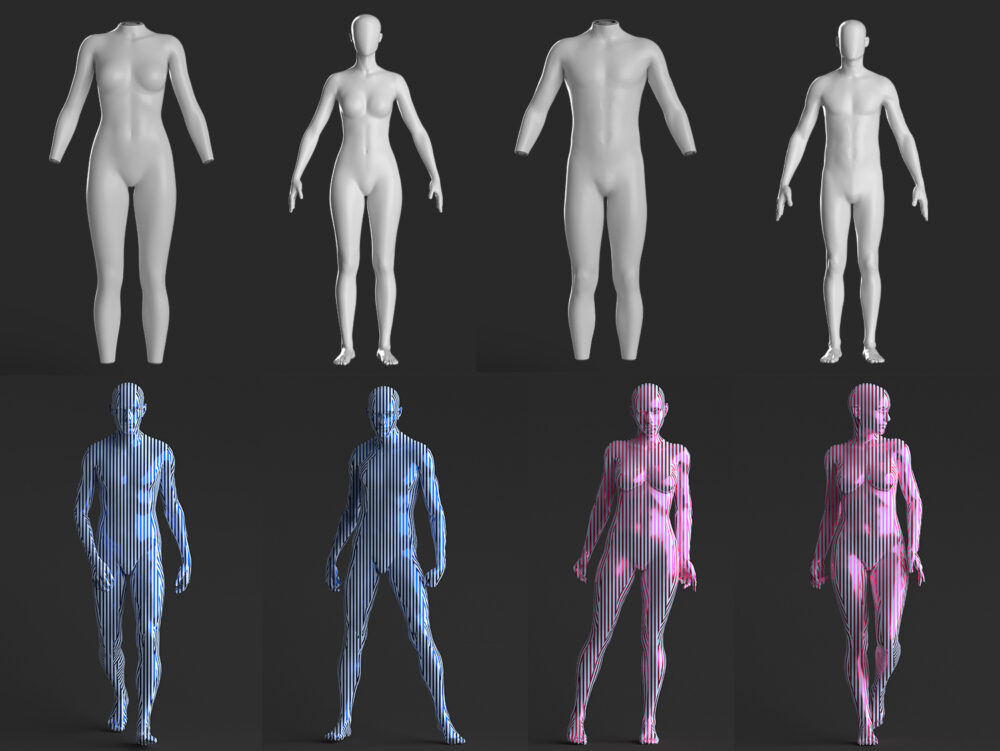How 3D design changed fashion.
In the tapestry of fashion’s rich history, a profound evolution has occurred with the advent of 3D design. This revolutionary technology has not only changed the way garments are conceptualized but has also left an indelible mark on the entire fashion ecosystem. Let’s delve into the ways in which 3D design has reshaped and elevated the world of fashion.
1. *From Sketch to Sculpture: The Birth of 3D Fashion Design.
Traditionally, the design process began with sketches on paper. However, the emergence of 3D design has ushered in a new era where ideas are no longer confined to flat surfaces. Designers now have the ability to sculpt their creations in a three-dimensional digital space, providing an immersive canvas where every angle, fold, and detail can be visualized with unparalleled precision.
2. *Precision Redefined: Achieving Realism with 3D Technology

The accuracy of 3D design is a game-changer for the fashion industry. The technology allows designers to see their creations in a lifelike manner, virtually draping fabrics and simulating how they would interact with movement. This level of precision not only enhances the design process but also reduces the need for physical prototypes, thereby minimizing waste and contributing to a more sustainable fashion landscape.
3. *Digital Fittings and Virtual Runways: Redefining the Showroom Experience.
With 3D design, the concept of fitting rooms is transcending the physical realm. Virtual fitting sessions enable designers and clients to visualize how a garment will look and feel without the need for physical samples. This not only expedites decision-making but also transforms the traditional showroom experience. Virtual runways, where digital garments are showcased, add a new dimension to fashion presentations, breaking free from the constraints of physical space.
**4. *Global Collaboration: Breaking Down Geographical Barriers***
3D design facilitates collaboration on an unprecedented scale. Designers, manufacturers, and stakeholders can seamlessly work together irrespective of geographical distances. The ability to share digital models allows for real-time collaboration, streamlining the design process and fostering a global community of creative minds pushing the boundaries of fashion.
**5. *Inclusive Design: Catering to Diverse Body Types and Styles***
One of the most notable impacts of 3D design is its potential to make fashion more inclusive. Designers can easily adapt and visualize how garments will look on a diverse range of body types. This inclusivity not only aligns with the principles of body positivity but also opens up new avenues for customization and personalization in fashion.
**6. *Educational Empowerment: Shaping the Designers of Tomorrow***
As 3D design becomes increasingly integral to the fashion landscape, it is also shaping the way future designers are educated. Design schools are incorporating 3D design into their curricula, ensuring that aspiring designers are equipped with the skills needed to thrive in a digitally-driven industry. This educational shift is cultivating a new generation of designers who seamlessly blend creativity with technological prowess.
In conclusion, the impact of 3D design on fashion is nothing short of transformative. It has broken barriers, elevated precision, and opened up new frontiers of creativity. As Binarycloth Limited continues to embrace the power of 3D design, we invite you to explore this exciting journey where innovation meets elegance, and the future of fashion is redefined. Welcome to the era where every stitch tells a digital story.
